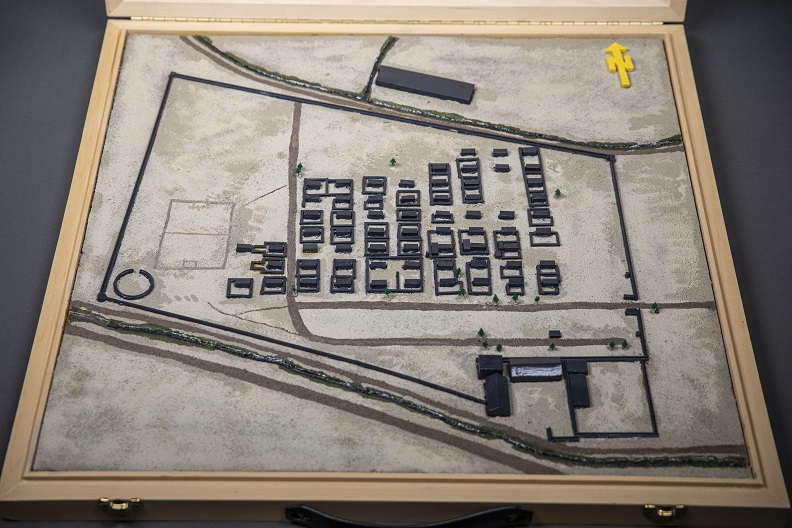Make a donation to the museum
An Escalating Threat
After Osama bin Laden attacks two American embassies in East Africa, the Federal Bureau of Investigation (FBI) named him a most-wanted fugitive.
Osama bin Laden moved his operations in 1996 to Afghanistan, where the Taliban, an Islamist fundamentalist group, ran the country. Sharing some similar beliefs, the Taliban allowed al-Qaeda to operate in return for money and troops.
In 1997, bin Laden established his headquarters and an al-Qaeda training camp in southeastern Afghanistan at a complex called Tarnak Farms. The site housed space for producing propaganda and a Tactical Operations Center where al-Qaeda members likely planned attacks.
For years, Osama bin Laden and his organization drew limited attention from U.S. policymakers. That changed in August 1998, when al-Qaeda simultaneously bombed two American embassies in Kenya and Tanzania. Two years later, al-Qaeda attacked the U.S. Navy destroyer USS Cole at a port in Yemen.
As al-Qaeda threats to American interests multiplied in the late 1990s, U.S. government officials had various opportunities to act against Osama bin Laden. In 1998, a series of bombings in Afghanistan killed dozens of terrorists at training camps but missed bin Laden. That same year, an operation to capture bin Laden at the terrorist organization’s training camp and headquarters at Tarnak Farms was canceled due to concerns about civilian casualties and the mission’s legality.

Model of al-Qaeda’s Tarnak Farms complex created for a U.S. intelligence operation abandoned in 1998. Courtesy of the National Geospatial-Intelligence Agency.
By summer 2001, analysts were warning of a major al-Qaeda attack in the United States, and some even raised the possibility of threats to aviation. However, they did not know how, when, or where an attack would occur.
For those tracking Osama bin Laden and trying to prevent al-Qaeda attacks, 9/11 was a nightmare come true. Nineteen terrorists associated with the Islamist extremist group al-Qaeda hijacked four U.S. commercial flights and used the planes as weapons to strike major landmarks. A total of 2,977 individuals died as a result of the 9/11 attacks at the World Trade Center, the Pentagon, and in Somerset County, Pennsylvania.
Before 9/11, the U.S. government had countered terrorist threats from its standard counterterrorism playbook, which included gathering intelligence, disrupting plots, and criminal investigations, executed under separate government authorities. The 9/11 attacks spurred a radical overhaul of counterterrorism methods as part of an urgent, whole-of-government effort to find those responsible and prevent further attacks.
